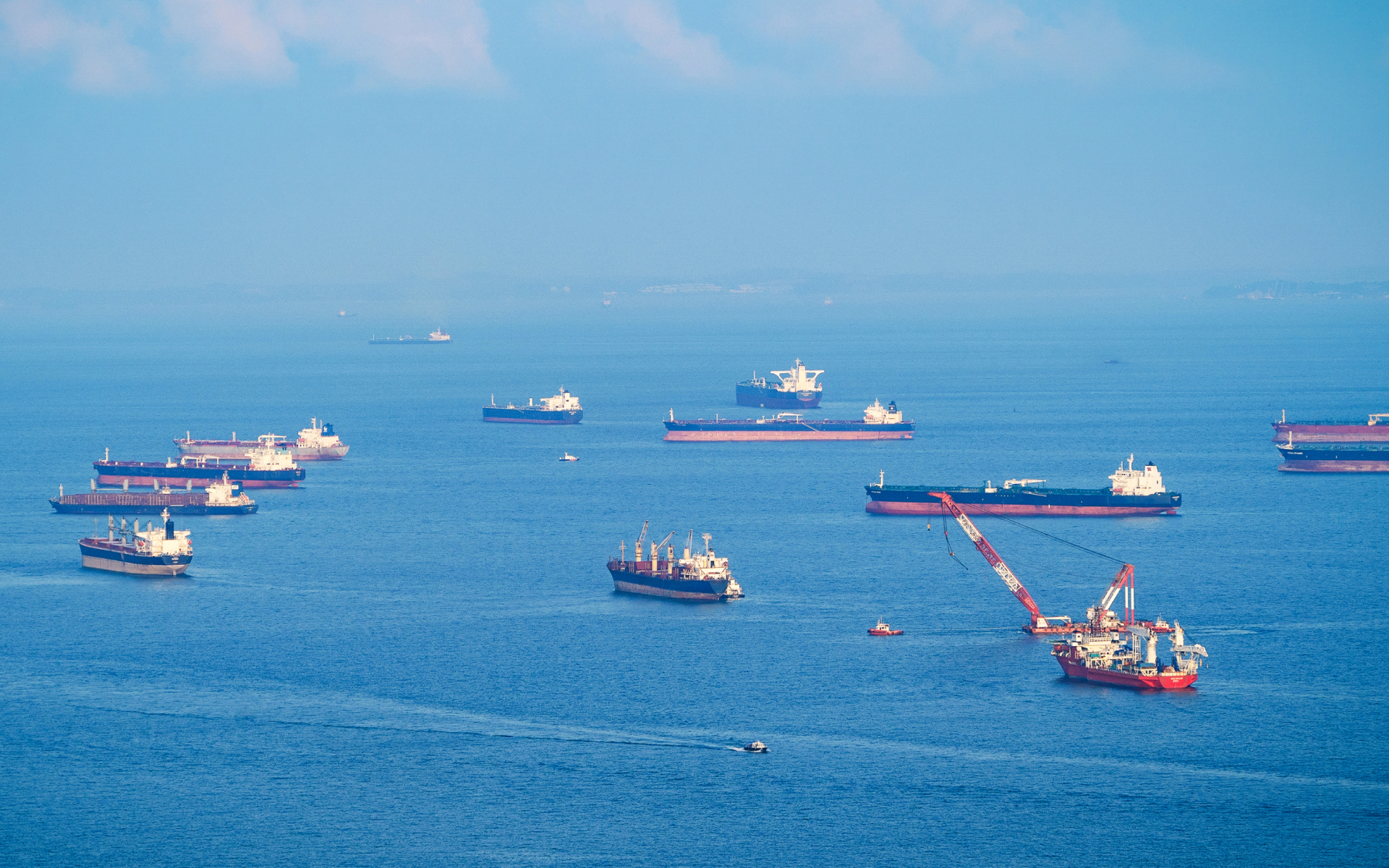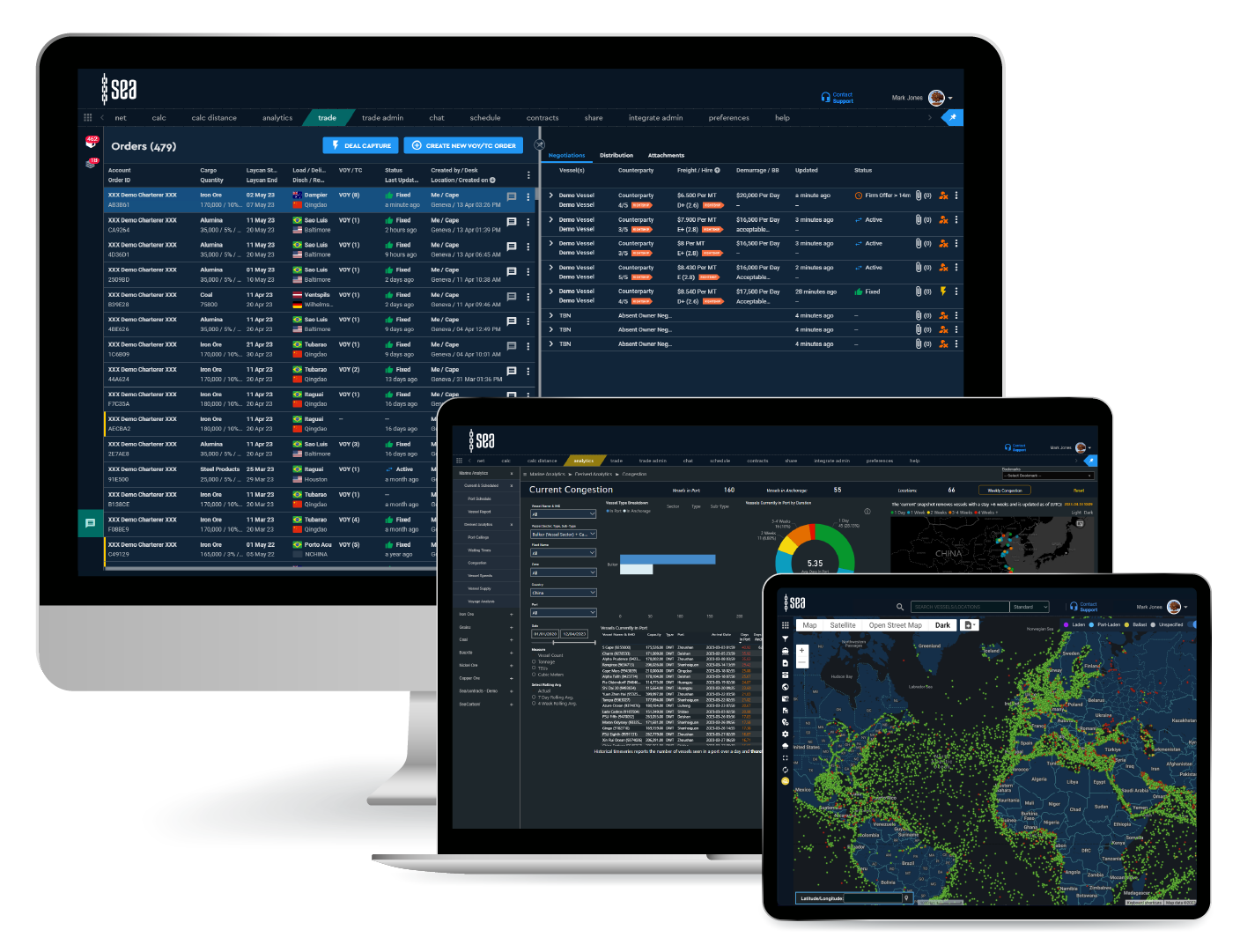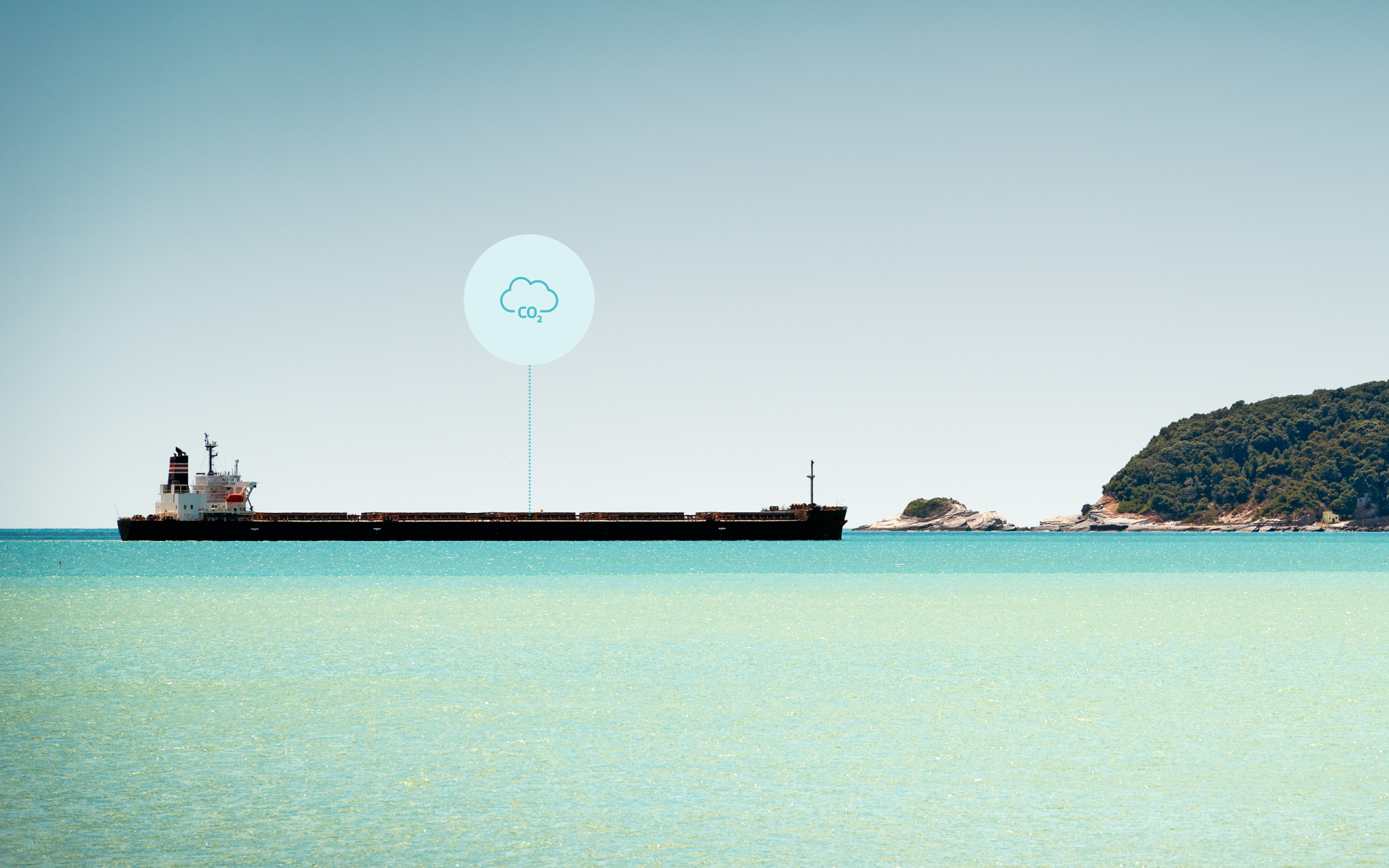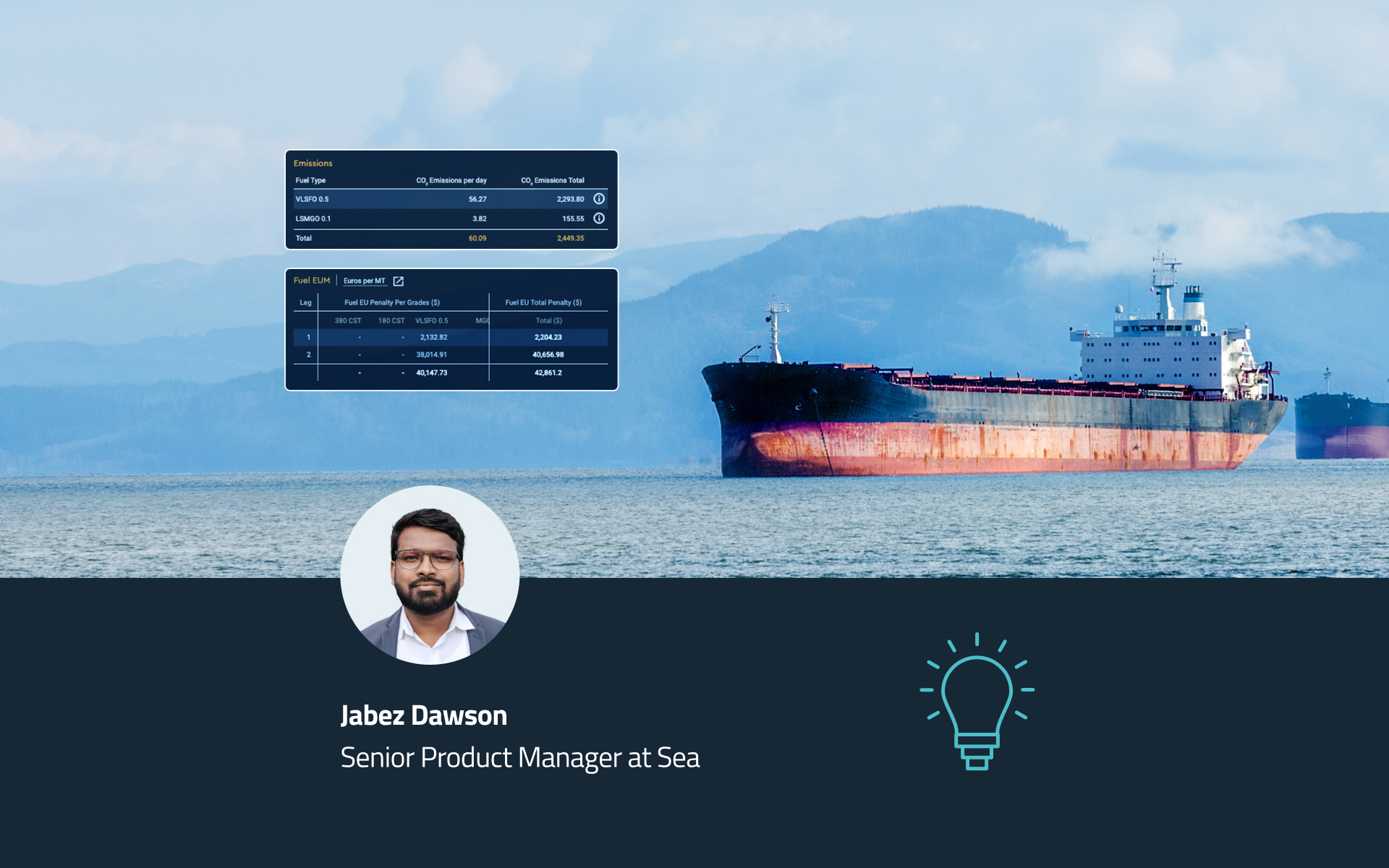As attention continues to focus on the Middle East, Sea’s intelligence and analytics have been monitoring vessel activity across key areas, including the Strait of Hormuz, the Gulf of Oman, and the broader VLCC operating zones. While conditions have remained largely stable in recent weeks, the latest data reveals an emerging shift in patterns.
Tanker transits through the Strait of Hormuz remain below recent norms for a second consecutive day, despite a slight rebound in activity. After falling by 46% on Tuesday compared to Monday, today’s figure has recovered somewhat but remains around 20% lower than at the start of the week. This marks a continued departure from the steady patterns observed over the past three months.
In addition, we’re observing a growing number of tankers waiting in the Gulf of Oman, off the coast of the UAE and Oman, rather than proceeding through the Strait. This could suggest a more cautious approach among operators, particularly given current regional attention and reported risks in the area.
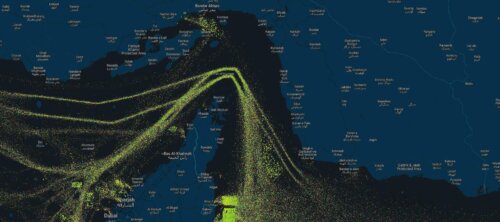
Vessel density Strait of Horzum – average for May
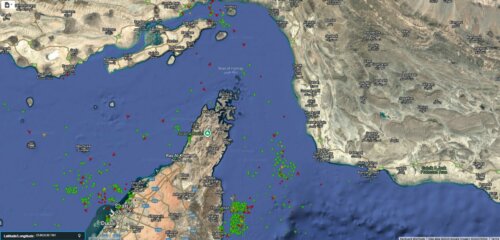
Vessel density on the Strait of Horzum – 17th June 2025
One such incident was a collision in the Gulf of Oman involving a Frontline VLCC and a dark fleet Suezmax tanker, with both vessels catching fire. This reflects the complex operating environment in which many tankers are now moving.
Beyond the Strait itself, activity across the wider VLCC zones remains broadly consistent with the past three months. Vessel supply and cargo distribution are within expected bounds, and no large-scale rerouting has been identified to date.
Sea’s real-time positional data — updated every 15 minutes — allows us to track entry, exit, and behaviour with precision across key transit points. That high-frequency view helps detect subtle changes early, including waiting behaviour, idle times, and flow disruptions.
We will continue to monitor the situation closely and provide further updates should patterns continue to shift.
Sea’s intelligence and analytics provide a detailed view of vessel movements and regional patterns, helping users track changes as they happen and place current activity in a wider context. To learn more, click here.
Share this article
Don’t miss the latest news and insights - subscribe to our newsletter
For press enquiries, please email news@sea.live
